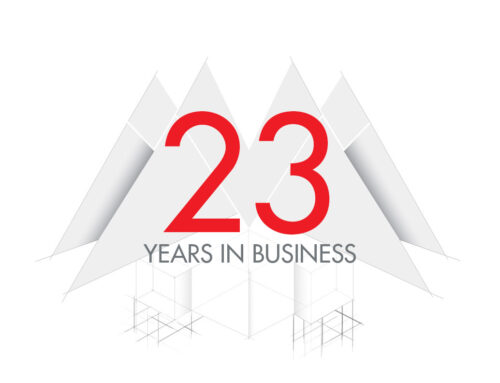ON THIS DAY IN LAW – The Americans with Disabilities Act came into effect 31 years ago on July 26th. The ADA is a civil rights law that prohibits discrimination against individuals with disabilities in all areas of public life, including jobs, schools, transportation, and all public and private places that are open to the general public. The purpose of the law is to make sure that people with disabilities have the same rights and opportunities as everyone else.
But what does that really mean? Well sometimes it means ramps, handrails, reserved parking, larger bathroom stalls, lower sinks and drinking fountains. While that is technically correct what it really means is a change in mindset to make buildings that can be used by anyone regardless of their physical ability. It’s not really about “people with disabilities” and “everyone else“. It’s about a thoughtful, inclusive approach to a great number of design elements from sidewalks to stairwells and many points between.
The most recent development in accessibility is the adoption of the 2017 edition of the ICC/ANSI A117.1 standard into the 2021 IBC. That’s a lot of alphabet soup, and it won’t be enforced in most areas for a few years yet but it represents a significant update to the guidelines originally published in 1961 – nearly 30 years before the ADA was signed into law! Among various improvements this latest iteration provides better maneuverability for the now much more common electric wheelchairs, scooters, and similar mobility devices.
In addition to inclusivity in commercial projects, in recent years DMA has been encouraging universal design for affordable housing. The concept is instead of breaking up a housing development into “standard units” and “ADA units” every home is designed so that it can be quickly and easily converted to serve a tenant with a mobility impairment. Not only does this improve accessibility overall, it helps to future-proof public housing to better serve the community while avoiding costly future renovations.
At DMA we are proud to assist communities in creating modern, innovative, spaces while upholding traditional values. Providing accessible projects is just one way to serve all members of our communities including our elders and veterans. We hope you’ll join us in taking today as an opportunity for a moment of reflection on how accessible design might benefit your own community.





